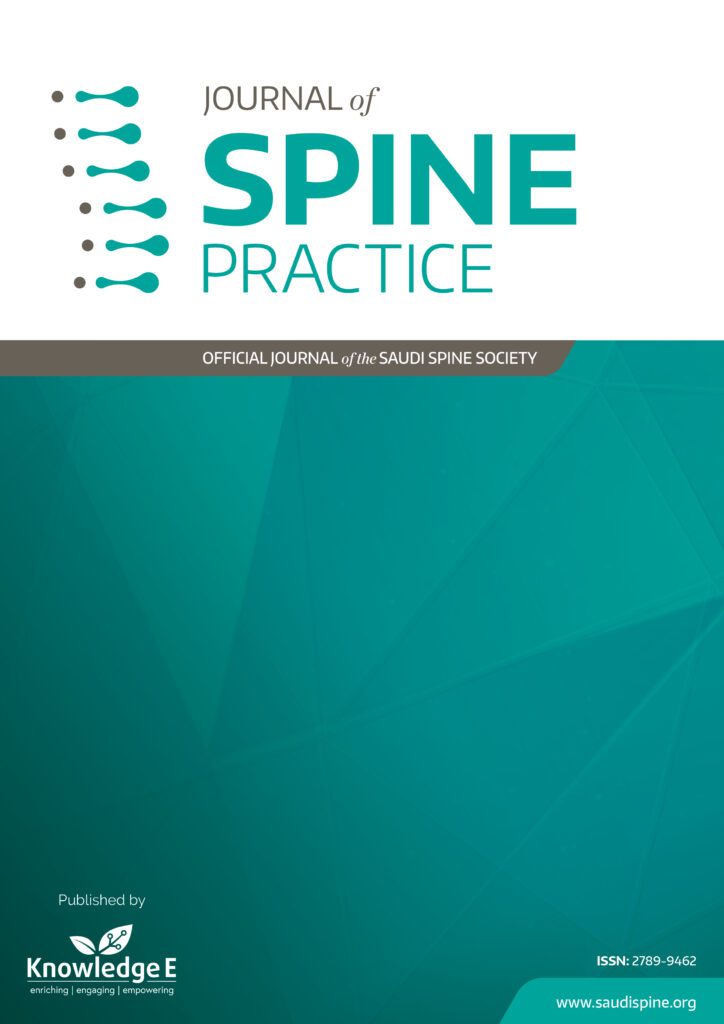
Journal of Spine Practice
ISSN: 2789-9462
Leading research in all spine subspecialties focusing on orthopaedic spine, neurosurgery, radiology, and pain management.
Experiences of Adults Living with Ankylosing Spondylitis-related Inflammatory Low Back Pain: A Qualitative Study
Published date: Nov 07 2021
Journal Title: Journal of Spine Practice
Issue title: Journal of Spine Practice (JSP): Volume 1, Issue 1
Pages: 42
Authors:
Abstract:
Introduction: Inflammatory low back pain (ILBP) is a key clinical symptom and a significant problem in ankylosing spondylitis (AS), its high socioeconomic costs are mainly attributed to disability. To the best of our knowledge, no study has specifically explored the ILBP experience in adults with AS. This study aimed to explore the experiences of ILBP from the perspective of adults with AS.
Methodology: This study followed a qualitative descriptive design. Participants were recruited from rheumatology and physiotherapy outpatient clinics of two major hospitals in Dublin, and from AS patient support groups in Ireland. A total of 19 adults with AS-related inflammatory low back pain (AS-ILBP) (mean age 47.8 years [SD 11.2]) participated in semi-structured face-to-face interviews. All interviews were audio-recorded, transcribed verbatim, coded, and analyzed thematically.
Result: Analysis of experiences revealed five themes: (i) experiences and perception surrounding diagnosis, (ii) perceived ILBP trajectories, (iii) impact of AS-ILBP, (iv) behavioral responses toward ILBP, and (v) experience with AS-ILBP treatments. Adults with AS-ILBP experienced a delay in diagnosis, in which ILBP was negatively perceived, and dysfunctional LBP beliefs and behaviors were reported. ILBP appeared to have a multidimensional nature and impact, with the greatest impact suggested on physical function and psychological health. Many individuals with AS held negative ILBP beliefs that drove dysfunctional behaviors. The primary received ILBP treatment was medication and to a lesser extent physiotherapy; both described treatments had limited effects.
Conclusion: This study was the first to reveal the unique experience of ILBP from the perspective of adults with AS. AS-ILBP appear to have a varying course and a multidimensional associated factors that determine its trajectory. AS-ILBP was suggested to affect all aspects of individual's life. A bidirectional relationship between ILBP and the psychosocial factors was proposed; these factors were perceived as aggravators and consequences of ILBP. This study also points to the limitations of current AS-ILBP management, which were mainly biomedically oriented. Thus, healthcare providers are advised to incorporate a multidimensional pain screening with their routine physical assessments of adults with AS-ILBP. This could help in designing tailored individualized, effective AS-ILBP management programs.
References: